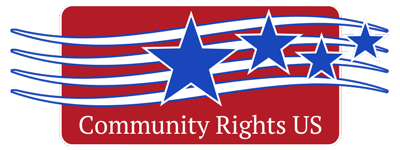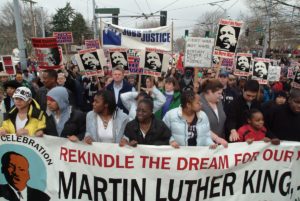…the people pressed on anyway, regardless of what the Court said…”
A blog posting published by the Community Environmental Legal Defense Fund, from October 11, 2018.
Young activists and organizers today study the civil rights movement. It’s our model for organizing. It’s our reference point for how to do it right. It defines the unofficial rules for mass organizing.
In the United States, we are raised to celebrate the social movement for civil rights in the American South in the 1950’s and 1960’s, and use this movement as the model of successful and proper social change organizing. Nearly 100 years after the official end of slavery in the 1860s, black people in the South rose up in nonviolent resistance to white supremacy and successfully changed national policy with, notably, the 1964 Civil Rights Act and 1965 Voting Rights Act. This movement moved into the national conversation with beautifully-stated concepts like King’s reference to “unjust laws” in Letter from a Birmingham Jail. It was a moral and ethical movement.
It was also a movement that could justify its cause by pointing to the opinions of the United States Supreme Court. That is because of who was on the Court at that time. By the end of Truman’s presidency in 1953, every United States Supreme Court Justice had been nominated by Franklin Delano Roosevelt or Harry S. Truman. They were all considered to support the policies of the New Deal. In his first year of office, Dwight D. Eisenhower successfully nominated Earl Warren as the new Chief Justice of the United States Supreme Court. Warren turned out not to be the kind of Justice Eisenhower was looking for. Warren led this New Deal Supreme Court through the 1950’s and 1960’s with decisions like Brown v. Board of Education.The civil rights movement could point to that decision as a source of authority for its direct action and civil disobedience against segregation and other forms of white supremacy. In the end, the Court had the civil rights movement’s back. MORE…

